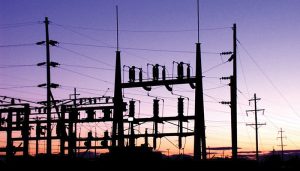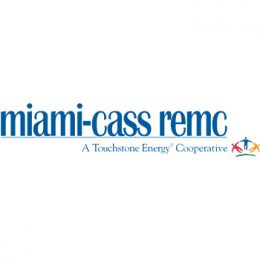
ROB
SCHWARTZ

Resiliency of the grid is one of the most popular concepts being talked about in the electric industry today. This concept recently made headlines in the wake of Hurricanes Irma and Maria, which caused extraordinary damage to Puerto Rico’s electric grid. The damage resulted in the longest sustained outage in U.S. history. Lack of resilience became the go-to phrase to describe Puerto Rico’s grid. Here in Indiana, what does grid resiliency mean for you?
Resiliency is many things — it’s reliability in your electric service, it’s our ability to efficiently restore your power, it’s being able to meet the demands of new technology and it’s how we serve you with various generation sources without skipping a beat. Ultimately, resilience is how we deliver on our promise to improve the quality of life for our member-owners.
A resilient electric grid begins with a system that is designed and built to withstand high winds, powerful storms, cybersecurity threats and other disruptions that could result in outages. A resilient grid is also flexible and adaptable by allowing different types of generation — such as wind, solar, coal and hydro — to seamlessly work together to provide you with safe and reliable power. The way our systems react to advancements in technology — from demand response investments to serving the needs of electric vehicles — all factor into the resilience of our grid.
Resiliency is a 24/7, 365-days-a-year task. It takes proactive maintenance and investment to keep the power lines, substations or generation facilities on our grid running smoothly. With thousands of consumers without power for months, the lack of resiliency in Puerto Rico’s power grid wasn’t solely caused by hurricane damage. It was the result of years of neglecting to take care of their system and not preparing for a worst-case scenario.
Just as we maintain our vehicles with regular oil changes, inspections and tire rotations, a grid must also be properly maintained. Throughout the year, we regularly conduct pole and line inspections. Our goal is to find a problem before it becomes one. For example, if we find a weak pole that has damage from termites, we replace that pole. Doing so ensures that pole is as strong — or as resilient — as it can be.
Living in Indiana, we know that significant power outages can occur, especially during summer storm season. Whether we’re at the mercy of damaging winds, lightning or tornadoes, we are confident in the resiliency of our system to recover from the situation with as little disruption as possible.
In the dictionary, resilience is defined as “the ability to bounce back, recover quickly and go back into shape or position after being stretched.” When it comes to providing our member-owners with resilient service, this is what we work toward — day in and day out!
ROB SCHWARTZ is CEO at Miami-Cass REMC.



